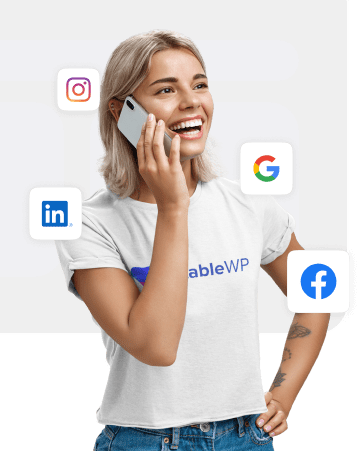Google Shopping Ads and Facebook Ads are both powerhouses when it comes to driving online sales.
While they are unbeaten each in their own domain, the true success comes when you merge Google Shopping and Facebook Ads into a comprehensive cross-channel strategy.
To take your online store to the next level you need to combine the strengths of both platforms into a unified advertising strategy for all stages of your sales funnel.
This strategy will help you drive more shoppers to your e-commerce store, boost conversion rates, reduce acquisition costs, and increase your return on ad spend (ROAS).
Learn how to masterfully combine Google Shopping and Facebook Ads to create a profitable advertising machine that consistently drives e-commerce sales on autopilot.
Table of Contents
Why Google Shopping and Facebook Ads complement each other perfectly
Google Shopping and Facebook Ads are both superpowers when it comes to advertising your online store. Each platform comes with its own bells and whistles that make it a perfect choice for different stages of the sales funnel.
The core strengths of each platform are:
- Facebook Ads – Unmatched audience targeting, perfect for attracting large numbers of potential customers with a high chance of buying.
- Google Ads – Unique ability to target shoppers’ buying intent based on keywords they actively use to search.
- Facebook and Google Ads – Powerful retargeting options to re-engage and bring back lost shoppers to finalize the purchase.
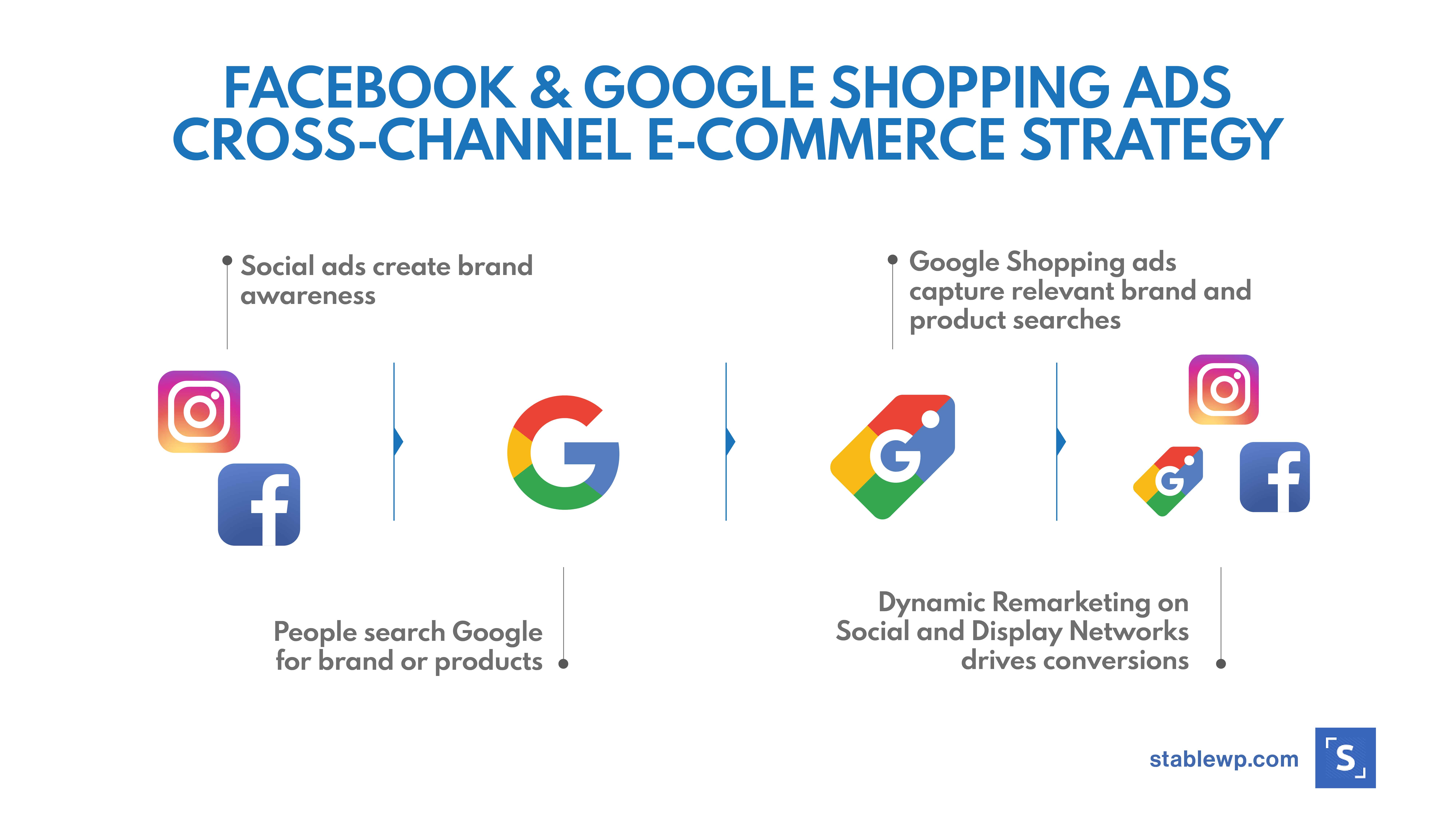
Google Shopping and Facebook Ads build off each other’s strengths to attract a massive number of eager shoppers to your online store and into your sales funnel.
These two platforms complement each other perfectly to guide prospective customers through their buying journey.
A typical decision-making process that leads up to purchase consists of the following steps:
- Shoppers identify a need – People may start from a pain point they’re experiencing or get inspired to think about a product through clever ads on social media.
- They research potential products – At this point, prospects start to research more on potential solutions and products that could fulfill their needs.
- Shoppers compare different options – At this stage, shoppers know what they need and are deciding on the best product. They’re comparison shopping and narrowing down options.
- They select a product to buy – This is the decision-making stage where they know what they want, they’ve gone through many potential options and found the ideal product for their needs.
For example, a shopper may see your ad on Facebook or Instagram…
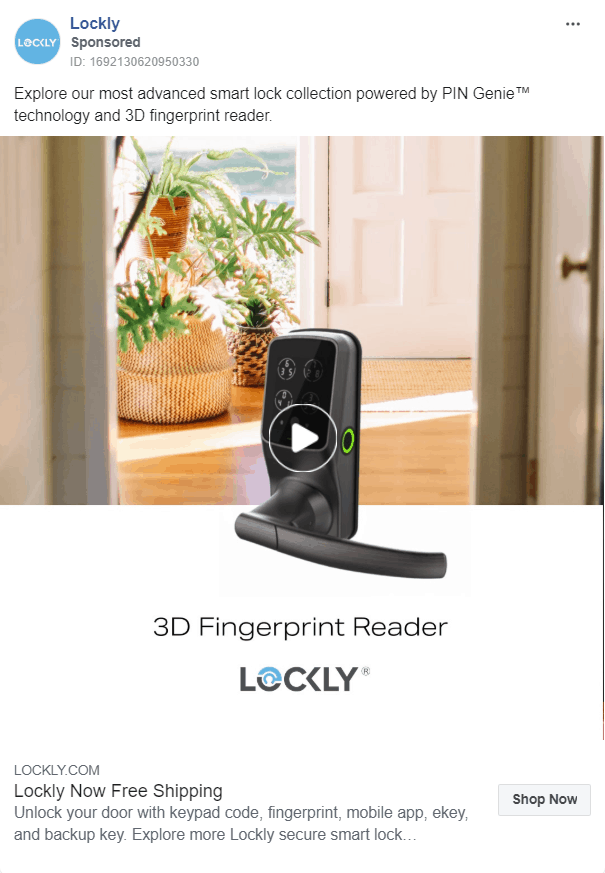
…and after discovering your products, they go into research mode to shop around. They type “smart lock with fingerprint reader” and see your Shopping ads on Google.

Once that shopper visits your e-commerce store and shows interest in specific products by viewing product pages or adding items to cart, you can use retargeting to dynamically promote those exact products on both Facebook and Google’s Display Network.

Combine the power of both Facebook Ads and Google Shopping into a powerful strategy that attracts new shoppers at scale and gradually turns them into paying customers.
Using Facebook Ads to reach and inspire potential shoppers and Google Shopping to convert, creates a powerful cross-channel strategy designed to drive e-commerce sales.
Download the 2023
E-commerce Benchmarks Report
Get the latest industry trends, stats and insights to benchmark your e-commerce performance and find unique growth opportunities.
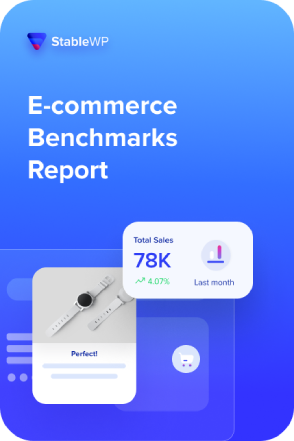
Google Shopping plus Facebook Ads cross-channel strategy
Facebook Ads allow you to reach a massive cold audience for cheap. Its powerful targeting capabilities will help you engage the most promising prospects that are likely to buy.
The number of shoppers actively searching for your brand or products on Google will increase after running a strong awareness campaign with Facebook Ads.
And when it comes to search – Google is king!
Google Shopping ads help you connect with potential customers in the research and consideration phase to bring them closer to the purchasing decision.
Finally, once they’ve been introduced to your brand and products, and have visited your online store, retargeting with dynamic product ads on both platforms will help you recover lost shoppers to finalize the purchase.
This strategy gives you a scalable way to introduce your products, and then a way for customers to follow through with a purchase once they arrive at a decision.
Let’s go through each of the steps in more detail…
TOFU: Generate awareness and interest with Facebook Ads
Facebook Ads are a perfect channel to start a buyer’s journey.
With targeted ads on Facebook and Instagram, you can introduce your brand and products to unfamiliar cold audiences.
Most shoppers wouldn’t buy from an e-commerce store they’ve never heard before. However, with an engaging Facebook ad, you can introduce your online shop and products to leave a strong first impression.
Remember that your Facebook ads need to stop people from scrolling away, so use eye-catching visuals and a compelling hook to spark curiosity.
Also, keep in mind that this is likely the first interaction prospects have with your brand. So do not push for sales immediately, it can be counter-productive.
Instead, go easy and help prospects discover your brand. Introduce your online store, demonstrate your products and generate interest.
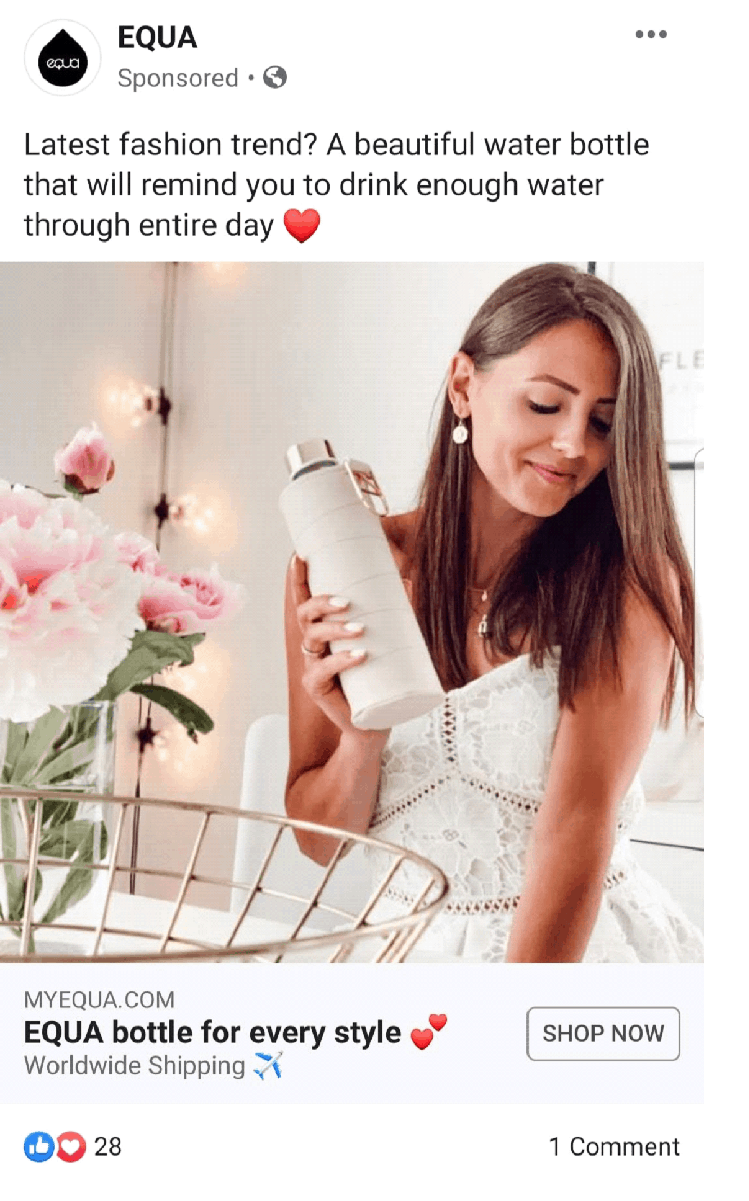
There are a few super effective ways to capture users’ attention and inspire shopping:
- Video demo ads – Use Facebook’s video ads to demonstrate how your products work along with their “life-changing” benefits.
- Lifestyle ads – Inspire users into shopping by visualizing results they’ll get from using your products. This works perfectly for impulse purchases.
- Before and after photos – This is a no-brainer when it comes to introducing your e-commerce products. Show the effect of your products in both video and image format.
- Highlighting your unique selling proposition – Use Facebook Ads to position your brand favourably in the eyes of potential customers. Emphasize features that separate your products from all others.
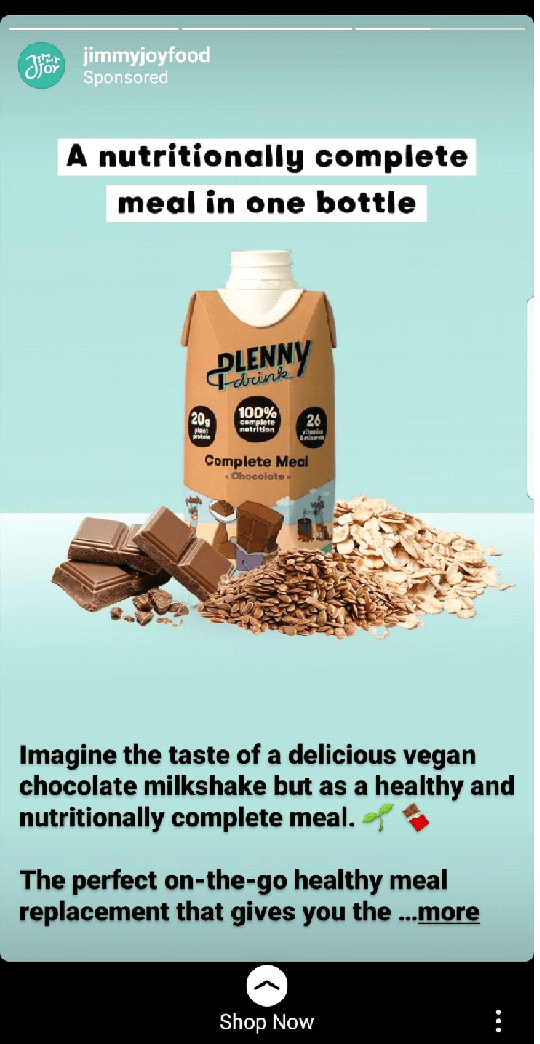
Even if users don’t click through your Facebook ads, you want to provoke product or brand searches on Google (which is the next step in our strategy).
Facebook Ads are especially important for innovative e-commerce brands that sell a completely new product.
For example, a fashionable women’s wellness tracker may be unfamiliar to most people until they see a Facebook Ad introducing this innovative product.
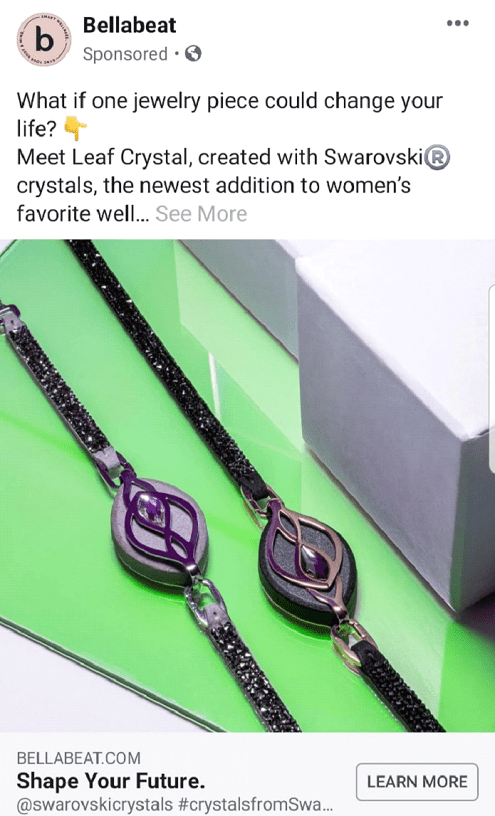
Keep in mind, there wouldn’t be much search demand for an item like this.
Heck, most people probably won’t even know this category of products even exists.
So, you’d need to leverage Facebook’s audience targeting to reach and engage the right market that could be interested in buying.
To find users on Facebook that are most likely to buy you can start by targeting your ideal customer persona.
Use Facebook’s Custom Audiences to specify demographics, location, interests, habits and even life events that match your ideal customer profile.

If you already have a decent amount of traffic to your e-commerce store, you can also use Facebook’s Lookalike audiences.
With Lookalikes, Facebook will try to find new users that are similar to your existing customers, shoppers, newsletter subscribers and even Page fans.
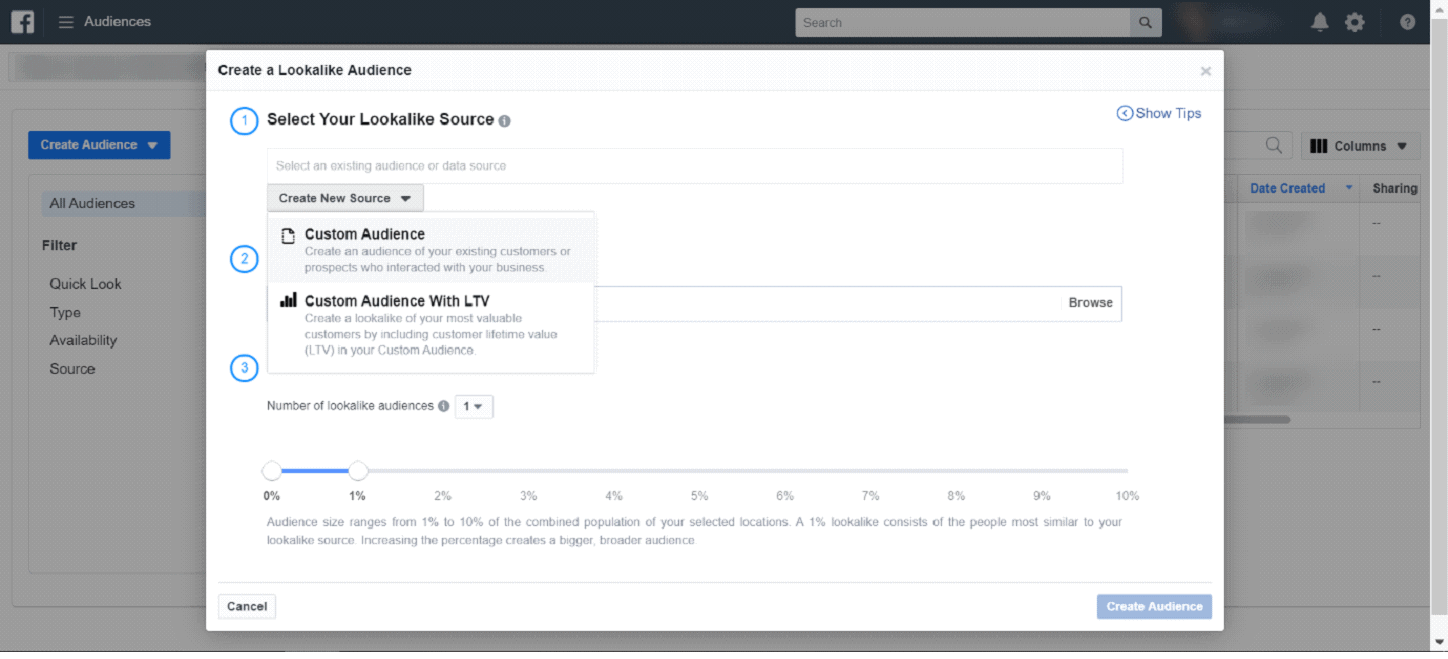
You can even choose to target a Lookalike audience similar to your most valuable customers based on their lifetime value.
This is a powerful targeting tactic as it can help you reach new shoppers that are not just more likely to buy but also likely to become highly profitable customers.
Finally, it’s important to know that Top of the Funnel (TOFU) campaigns on Facebook are meant to raise awareness and generate interest in your products.
So, don’t expect many direct sales from these campaigns. And being far away from a purchase means you want to attract new shoppers into your funnel for cheap.
With the right campaign objective, you can effectively drive traffic with Facebook Ads for as low as $0.15.
MOFU: Use Google Shopping to capture consideration
Leverage Google Shopping ads to win over prospective shoppers in the consideration stage of the buyer’s journey.
Once shoppers discover your products on Facebook or Instagram, they’ll start searching on Google. Most will do some comparison shopping, searching for product-focused keywords.
With Google Shopping ads, your product will likely appear side-by-side with competing products from other e-commerce stores.

As shoppers browse their options, it’s your job to make your products stand out. Differentiate your offer to make it unique and win clicks from highly interested shoppers.
Highlight product and shopping perks with your Google Shopping ads.
To make your Google Shopping ads stand out, optimize your product feed to display the following:
1. Attractive product images
Imagery plays a big role in shopping. By using attractive product images you’ll not only stand out but also grab the attention of anyone browsing through Google’s Shopping results.
2. Sale tags
Your Shopping ads can feature slashed prices to indicate a sale in your online store.
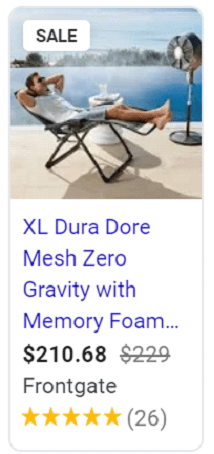
3. Price drops
Price drops are usually displayed as a percentage (%) or monetary price cuts that make your offer more appealing. They also imply your offer is limited-time to create a sense of urgency and trigger shoppers’ fear of missing out (FOMO).
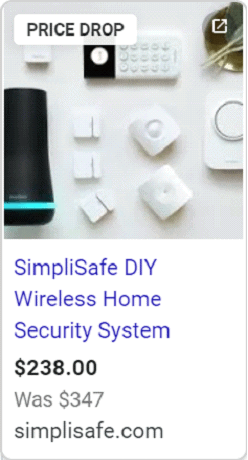
4. Special offers
If you set up Merchant Promotions you’ll be eligible to show Special Offer annotations within your Shopping ads. They’ll not only help you boost CTR but also increase conversions by providing a strong reason to buy from you right now.
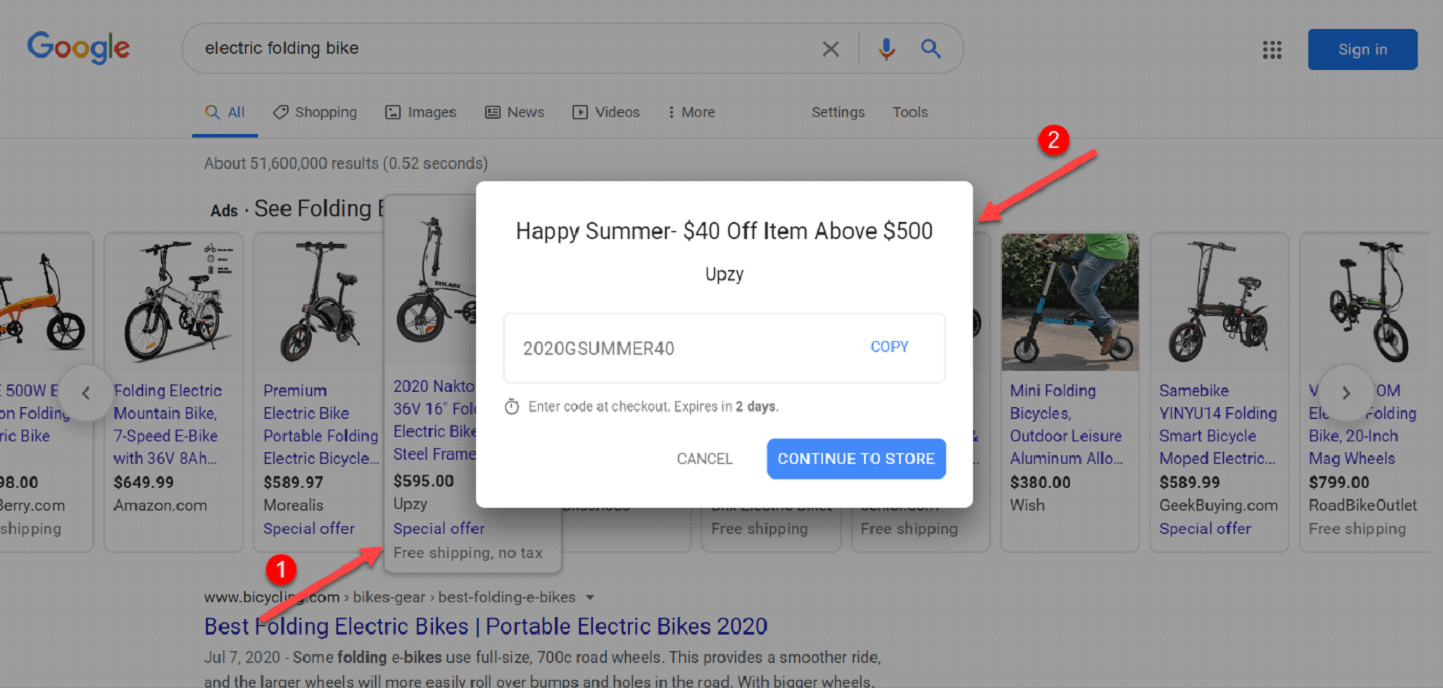
5. Free shipping
Including the Free Shipping annotation will also help your ads capture more attention and invite clicks.
6. Delivery times
Sometimes your Shopping ads may also feature delivery times.
7. Rating stars
Most shoppers rely on user ratings and social proof to make the buying decision online. By including average rating your Shopping ads automatically grab more attention and infuse trust.
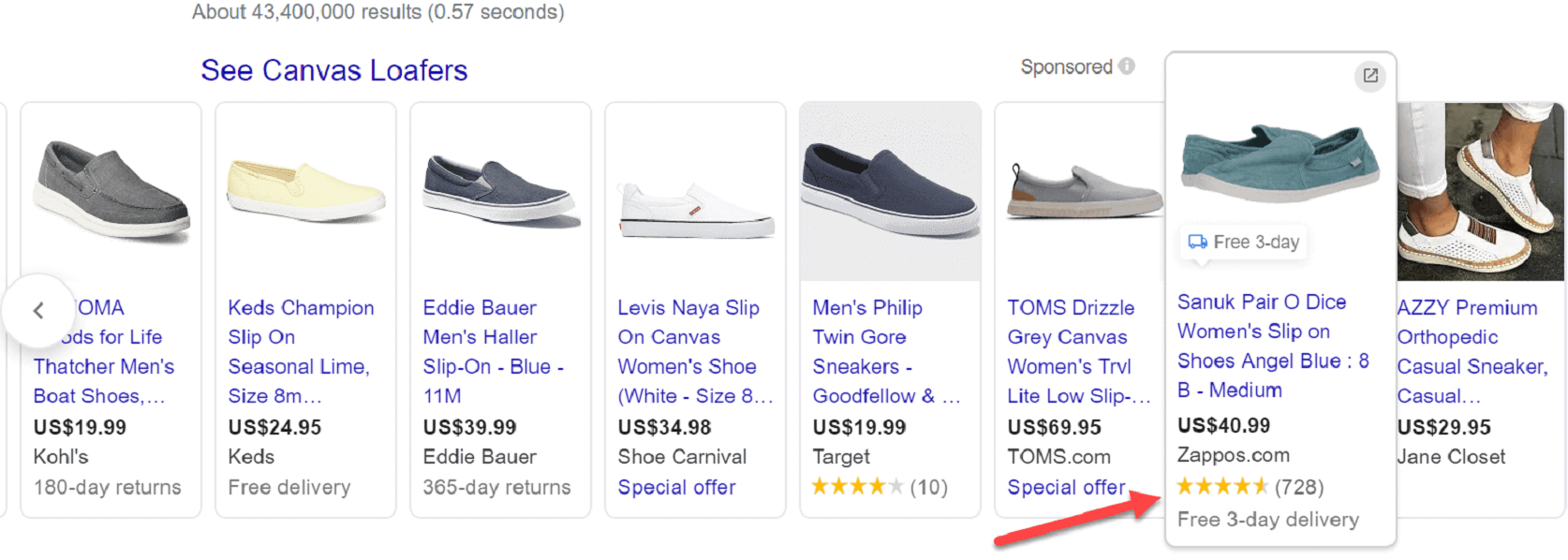
8. Optimized product title
An optimal product title for Google Shopping ads serves two compelling purposes. For one, they help Google match your ads with relevant searches. On the other hand, product titles help shoppers identify products that are most relevant to what they’re searching for.

9. Short and specific product description
Even though product descriptions will be obscured from shoppers’ eyes, for the most part, it’s still important to provide all key information that could help make a decision.
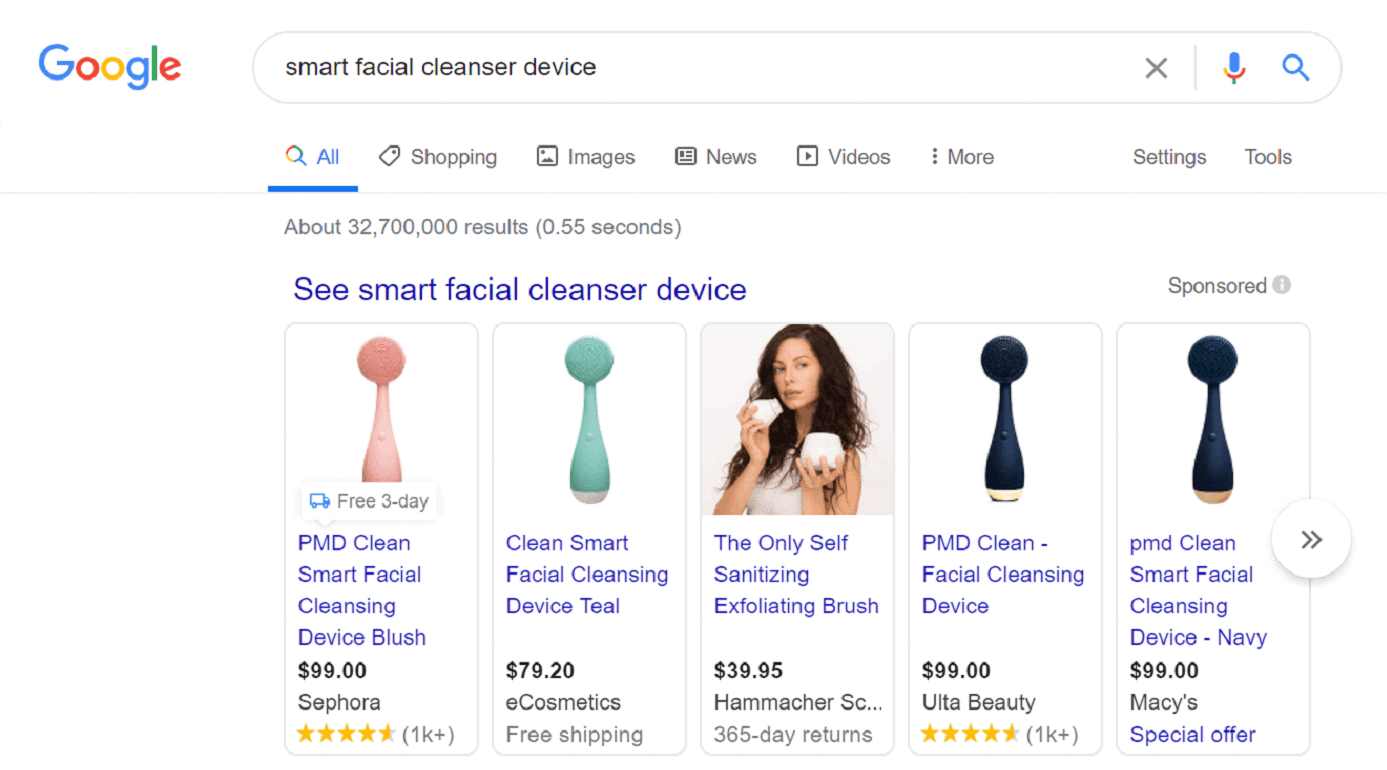
Do note that most of the annotations in Google Shopping ads are automated. It’s purely up to Google when and how these annotations get displayed.
However, by providing a high-quality and optimized product feed, your ads will have higher chances of featuring relevant annotations for specific product searches.
This will not only boost your click-through rate but even more importantly distinguish you from others and incentivize a faster buying decision.
PRO TIP: For even better results use bid adjustments increase your Google Shopping bids for users that have already been to your e-commerce site. These shoppers are more valuable since they’re familiar with your online store. Keeping your Shopping ads front and center throughout the consideration stage will help steer them towards buying from you.
BOFU: Drive sales with Dynamic Product Ads on both platforms
The final step towards a purchase involves the joint power of both Google and Facebook. Use cross-platform retargeting to push shoppers to become paying customers.
Essentially, once a shopper visits your online store (and doesn’t buy), your retargeting ads will follow them around the internet, on Facebook and Instagram, and other websites in Google’s Display Network, to promote relevant products.
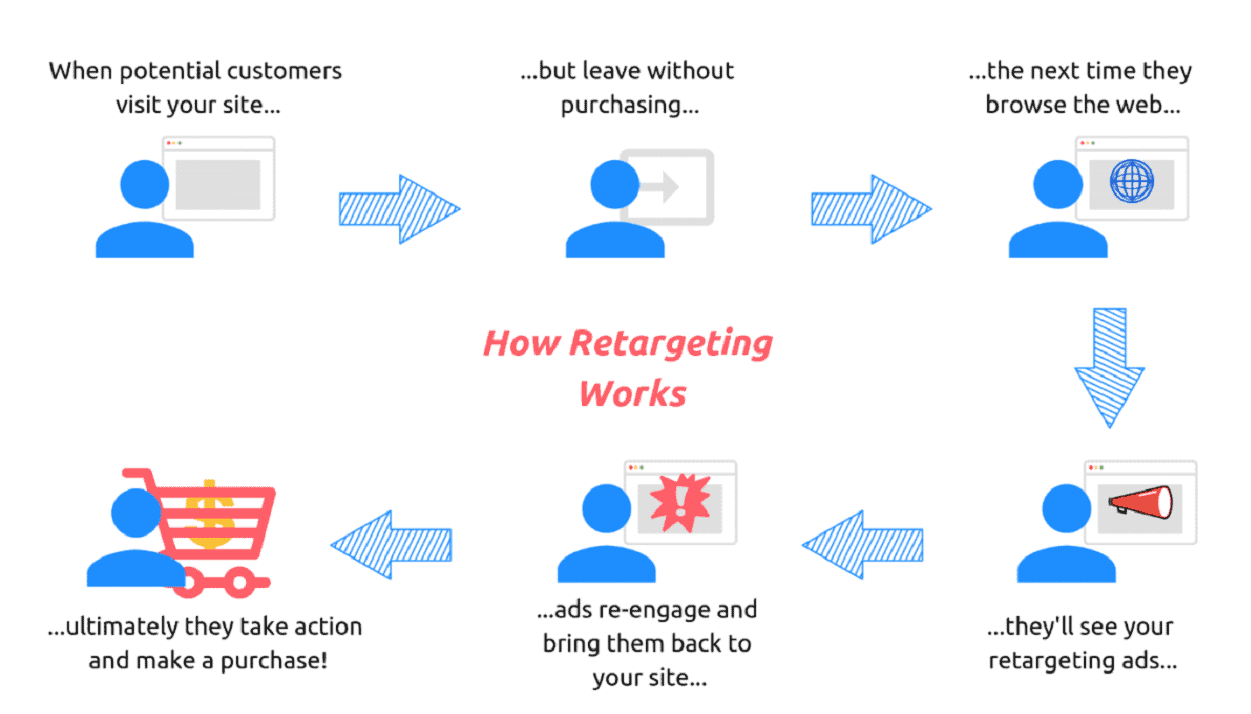
You can, for example, retarget Google Shopping searchers who showed interest in your products but hadn’t yet bought, with a Facebook campaign.
To take your Bottom of the Funnel (BOFU) retargeting to the next level use Dynamic Remarketing on Google and Facebook to automatically promote items that shoppers expressed interest in.
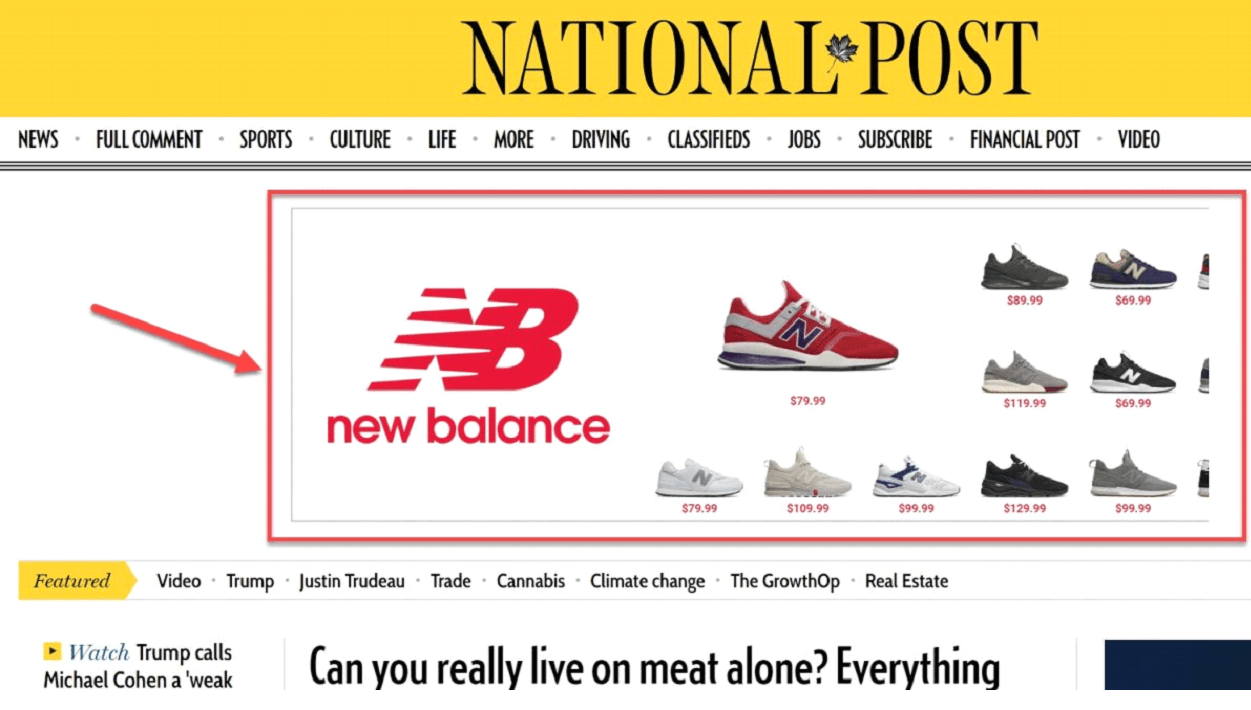
Dynamic Remarketing means that each shopper sees personalized ads across the internet based on products they viewed, added to cart or other interactions with specific products in your online store.
Have you ever visited an e-commerce website, looked at a specific product, then left the online store only to see ads for that exact product moments later?!
That’s Dynamic Remarketing!
Both Google and Facebook require you to upload a product data feed to automatically generate Dynamic Remarketing ads.
The best thing – once you configure Dynamic Remarketing campaigns, they continue working for you, finding the right people for each product, and always using up-to-date pricing and availability.

Dynamic Remarketing works exceptionally well for cart abandoners.
For shoppers that add items to cart but don’t complete the order, you can leverage the power of these highly personalized ads to recover abandoned carts and drive sales.
For example, a shopper that adds a pair of leggings to cart gets to see Dynamic Product Ads promoting those exact leggings and even related cross-sell items on Facebook and Google.

For this type of advanced retargeting, add the following events to your Facebook Pixel tracking:
- Purchase
- Generate lead
- Complete registration
- Add payment info
- Add to cart
- Add to wishlist
- Initiate checkout
- Search
- View content

Similarly, you can track e-commerce events with Google Ads Remarketing Tag.
Enable collection of specific attributes or parameters to personalize ads based on user activity.

After that, choose the business type that represents your products to allow Google’s Remarketing Tag to collect information about activity on your website specific to your business type.
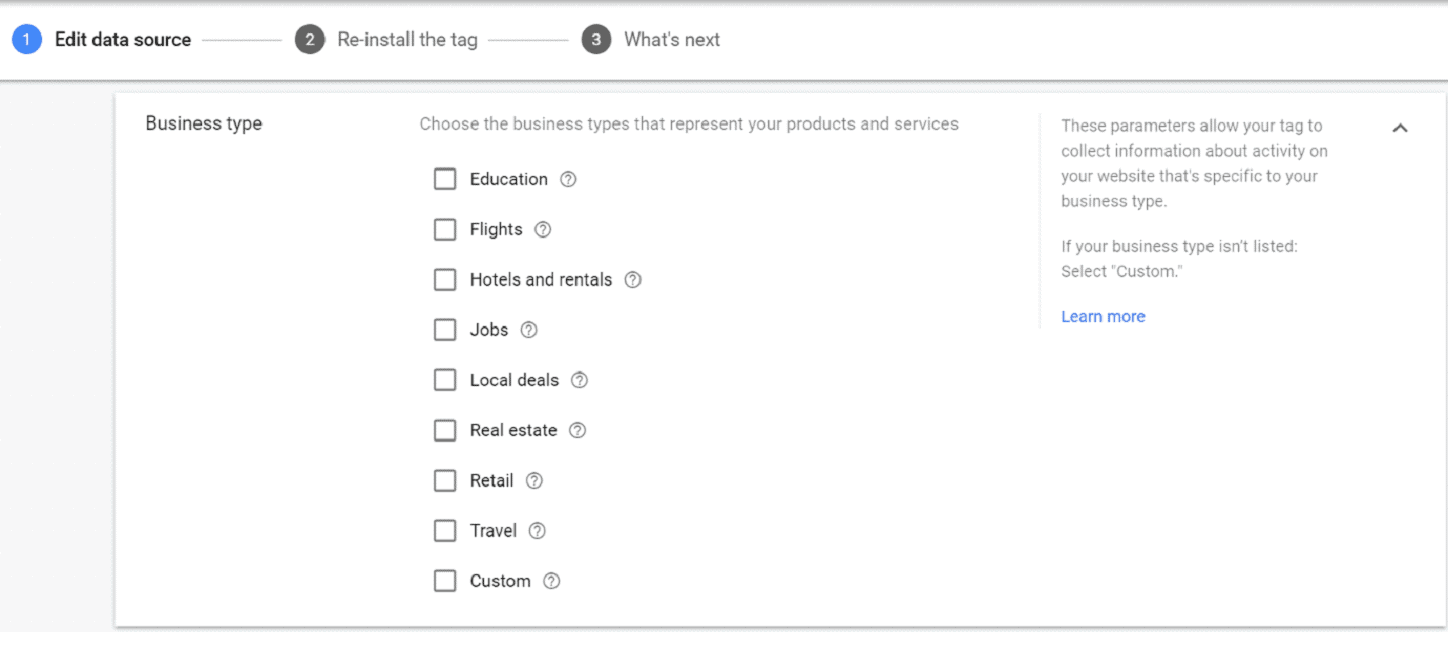
The key to the success of retargeting campaigns, regardless if it’s Facebook DPA or Google’s Dynamic Remarketing, is to address any buying objections that may be preventing shoppers from completing the purchase.
Even though you may have a perfectly optimized e-commerce store and an optimal checkout flow, some shoppers will still abandon their carts due to purchasing objections. The most common objections could be:
- Price – Address with discounts or easy financing options
- Shipping – Promote free shipping
- Delivery time – Highlight fast delivery
- Warranty – Mention your warranty duration for peace of mind
- Risk – Help shoppers justify their purchase with easy returns and money-back guarantee

Just keep an eye on your ad frequency.
Seeing the same ad over and over can become really old, really fast.
This is known as ad fatigue and it can lead to banner blindness, where people that keep seeing your ad too often stop noticing it completely. People can consciously or subconsciously ignore your ads due to overexposure.
Be sure to set frequency caps for your retargeting ads.

Anywhere between 15-20 times per month should be enough to get your message across without annoying potential customers.
Both Google and Facebook Ads allow you to set the frequency for your retargeting ads.
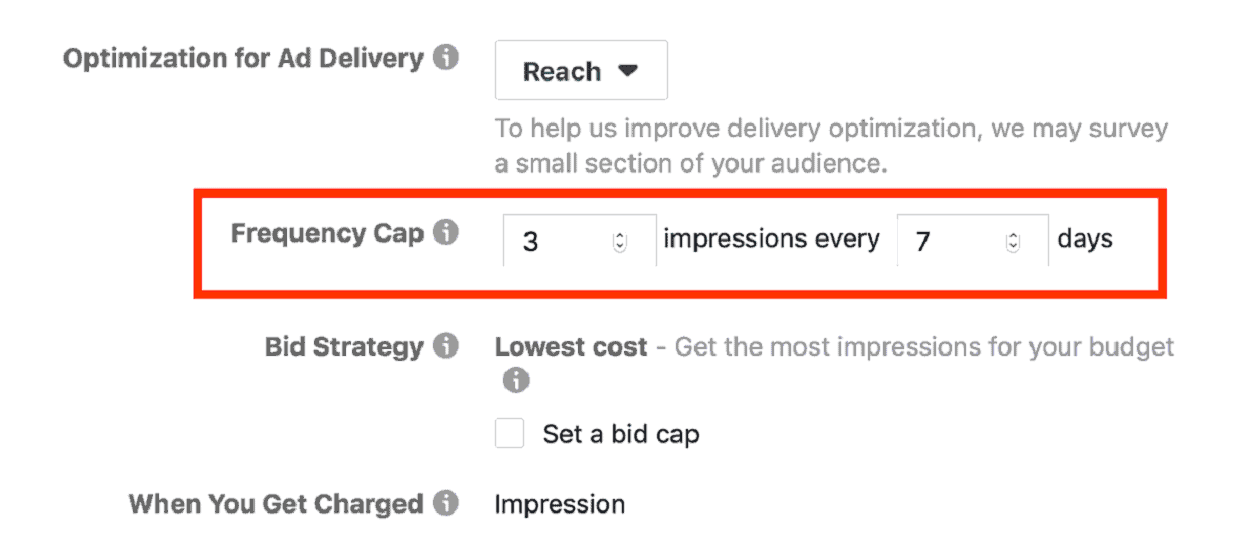
You should also decrease your retargeting frequency the further away a customer is from their original visit to your site.
So, for instance, a shopper that leaves your website should see retargeting ads more often in the first week than in the following weeks.
Also, don’t forget to rotate different retargeting ads to keep them fresh and engaging.
How to connect product feeds on Google and Facebook
The execution of this cross-channel e-commerce strategy correctly requires uploading product data feeds on both Google and Facebook.
A product feed is a list of products from your online store. It contains specific information about each product you want to promote, such as product ID, title, image URLs, description, price, etc.
To create Google Shopping campaigns, you need to connect your Google Ads account with Merchant Center. This is Google’s dedicated tool for managing product feeds for e-commerce websites.
To get your products to show across Google surfaces including Shopping Ads, you must upload a product feed to your Merchant Center.
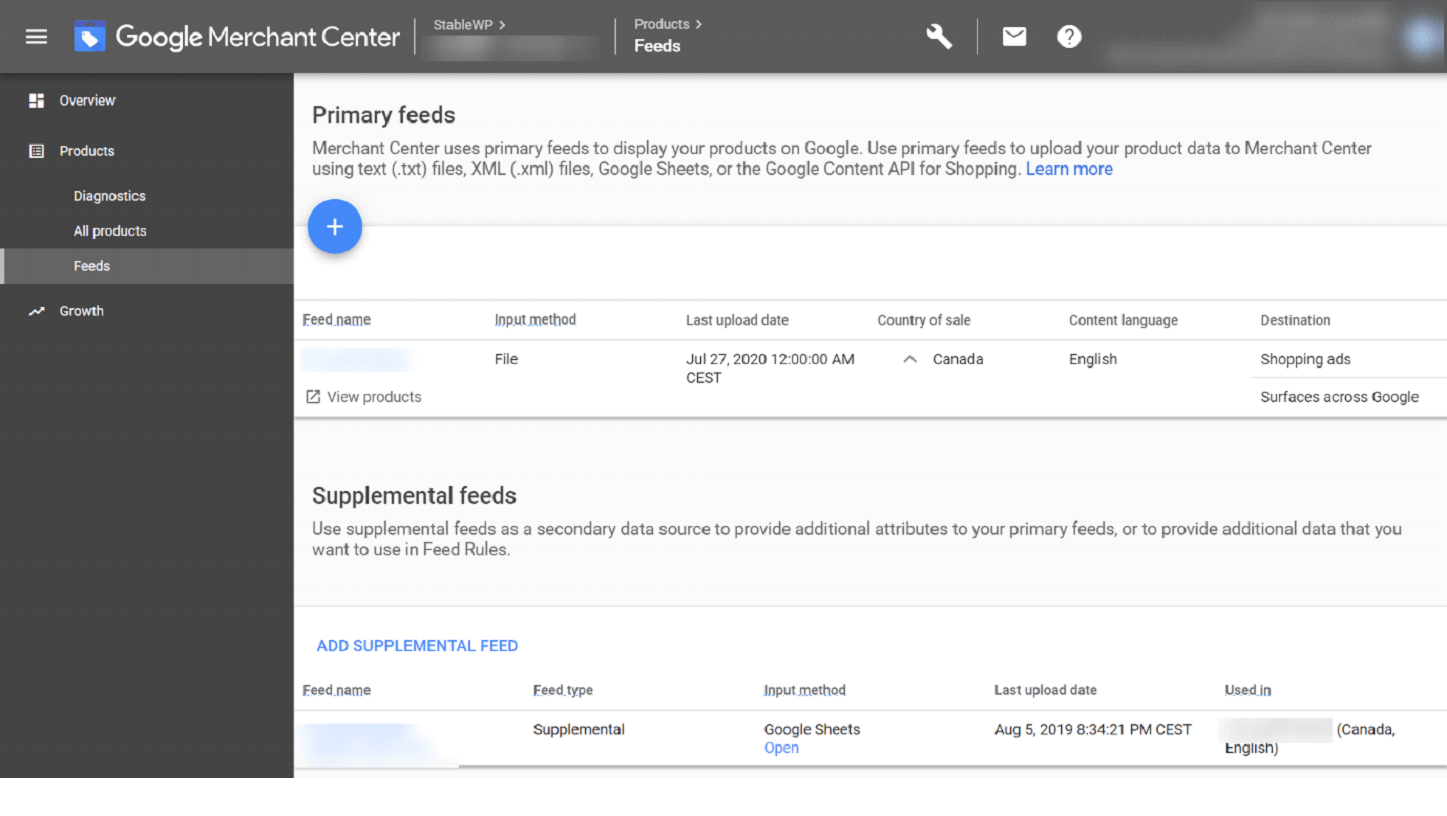
This is known as the Primary feed which should be updated with correct product data from your website.
Optionally, you can also upload a Supplemental feed used for optimization and fixing any potential issues with the Primary feed.
Once you’re done, all that’s left is to create Google Shopping and Dynamic Remarketing campaigns.
On Facebook, you can upload product details to the Catalog Manager.
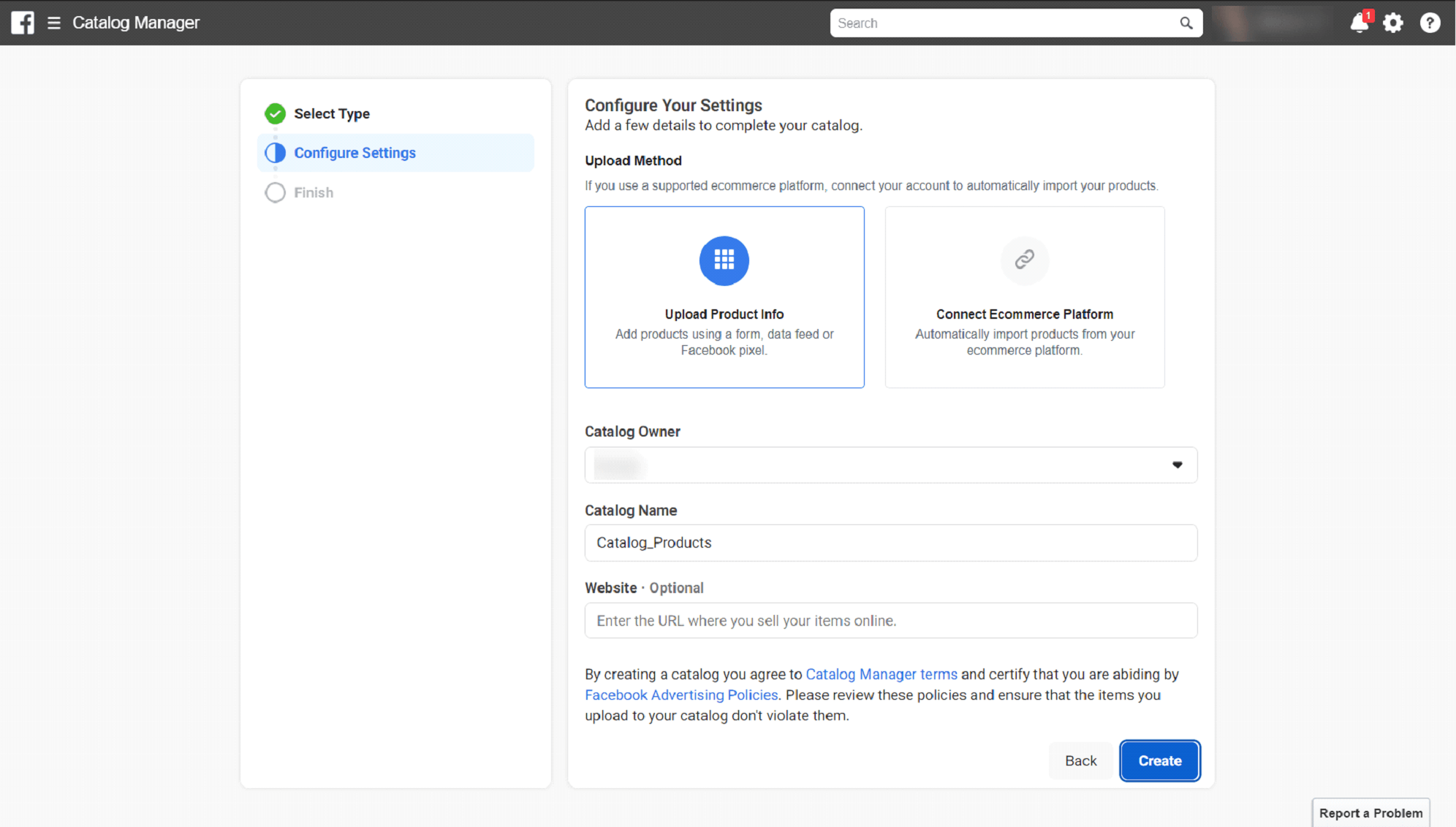
With your catalogue uploaded, you’re all set to run Dynamic Product Ads (DPA) on Facebook and Instagram.
Both platforms give you the option to upload a product feed directly from your site using third-party integrations (which we recommend for most merchants), upload a CSV manually or to extract product data directly from the site using Google crawling and Facebook Pixel.
Managing and optimizing a product feed is essential to running shopping campaigns.
However, it can get tricky since it’s so easy to mess up.
If you’re not sure how to do it properly, feel free to reach out to us and we’ll get your products up on Google and Facebook in no time.
How to sync cross-channel campaigns on Google and Facebook
When running Google Shopping plus Facebook Ads strategy it’s really important to keep in mind that both platforms should feed off each other.
Whatever traction you manage to get on one platform, you should leverage to give a head start to the other one.
For example, if you have a winning headline that works on Facebook, test using it in your product title in your Google Shopping ads as well, and vice versa.
The next essential part is to include and exclude users based on their interactions.
Cross-channel advertising requires you to transfer audience data over from Google to Facebook. It will also help you get specific about your target market by transferring Facebook data over to Google.
Syncing audiences between platforms allow you to use Facebook Custom Audiences to retarget on Google Ads.
You can use Facebook retargeting to specifically reach shoppers that come from your Google Ads.
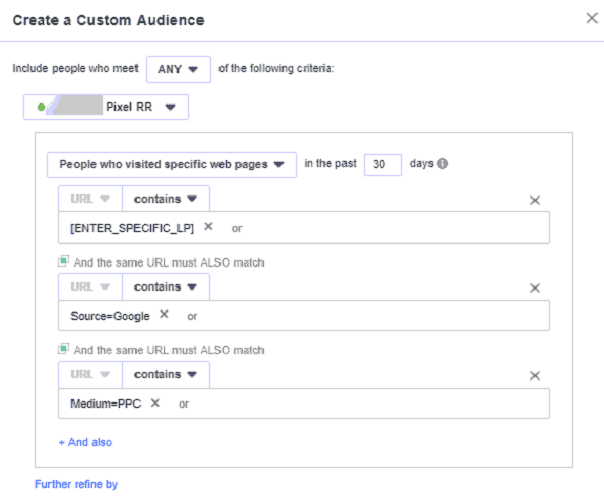
This ensures that Facebook retargeting ads show exactly what the searcher was actively searching for.
So, for example, a shopper that clicks through your Shopping ads and completes a purchase should be excluded from remarketing campaigns on both Google and Facebook.
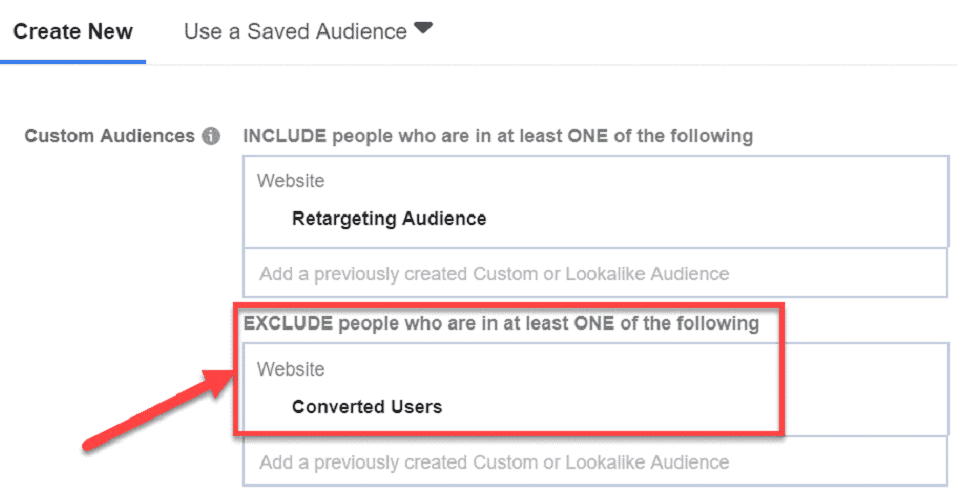
Also, be sure to deliver on every promise you make in your Facebook ads later in the funnel once shoppers start googling for your keywords. The same goes for your BOFU retargeting ads.
To make this strategy work, your Facebook ads need to match your Google Shopping ads. Use consistent ad messaging and wording to help guide shoppers towards a purchase.
How to track performance across Google and Facebook ad platforms
When running a comprehensive cross-channel advertising strategy like this it’s important to track and measure results across multiple traffic sources and campaigns.
By default, Google Analytics is going to attribute a sale to the last channel that brought the customer to your online store during which the purchase occurred.
However, as you probably noticed, the last-click channel isn’t the only source that contributed to the sales.
Users can discover the product on Facebook, take time to research on Google, click through your Shopping ads, consider pricing and compare similar products before they end up buying.
That’s why you need to track which traffic sources bring direct sales, but also understand web shopping patterns to know what leads up to a conversion.
This way you can clearly know in which channel to invest and how much.
You can do this with UTM parameters.
UTM stands for “Urchin Tracking Modules.” They’re how you keep track of activity associated with your Google and Facebook ads.
Here’s an example of a UTM used by a Google Shopping ad.
https://lockly.com/products/lockly-secure-advanced-smart-lock-door?variant=21228386680891¤cy=USD&utm_medium=product_sync&utm_source=google&utm_content=sag_organic&utm_campaign=sag_organic&gclid=EAIaIQobChMIupDcw_Hs6gIVg4bVCh3nHg4MEAQYBSABEgIWt_D_BwE
Notice the structure of the URL.
It’s the normal product page link combined with the UTM associated with this particular Google Shopping ad. It makes attributing the traffic to its referring source and campaign clear and easy (Facebook or Google).
You can create UTM campaign tracking parameters using Google’s URL Campaign Builder.
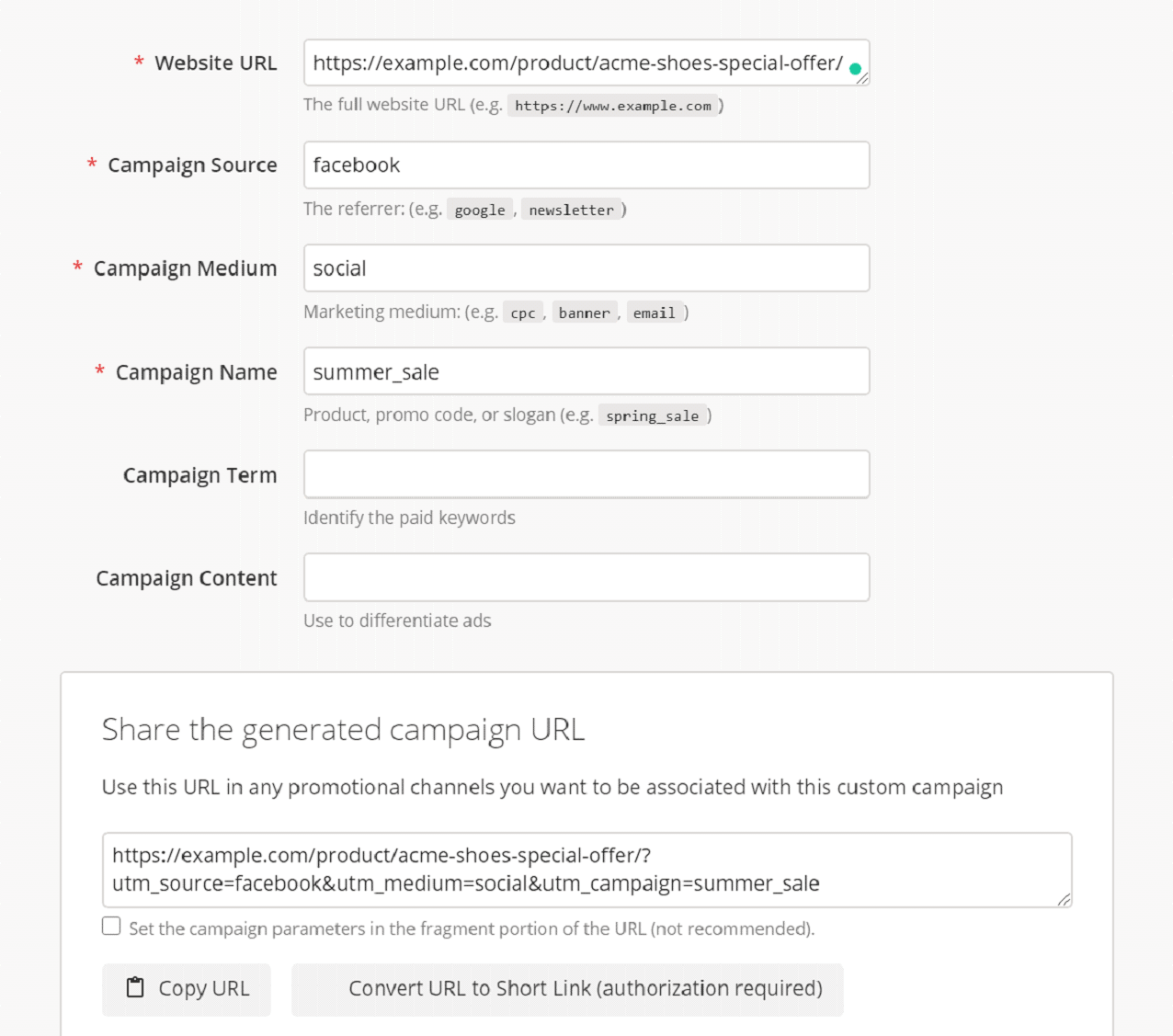
You can use Google Analytics to track UTMs and monitor cross-channel campaign performance.
To view campaign performance based on UTM parameters you can create a custom report in GA by adding the dimensions you want to track such as campaign, source, landing page, or medium. You can get more in-depth insights by analyzing the e-commerce conversion rate, adds to cart, checkout performance, and more.
Additionally, you can examine the Multi-channel funnels report in Google Analytics.
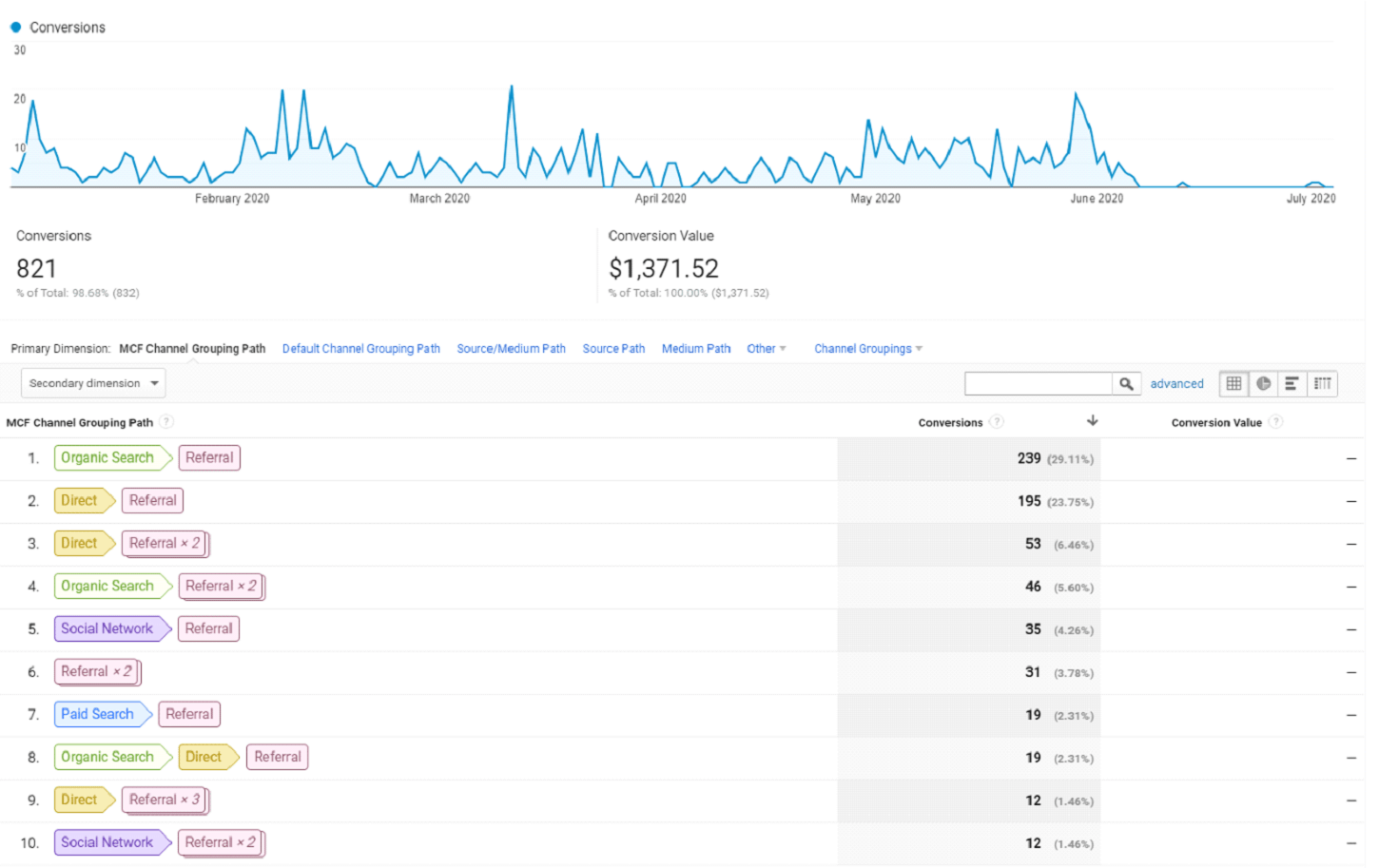
Multi-channel reports help you understand how cross-channel campaigns on Facebook and Google work together to generate sales and conversions.
You can see which channels initiate a sales cycle, which one close sales, as well as which channels appear in the middle of the sales process to assist conversions.
By analyzing your full-funnel, traffic sources and conversion drivers you can get a clear overview of how your cross-channel e-commerce strategy performs as a whole, as well as each individual part.
Conclusion
The combined power of Facebook Ads and Google Shopping campaigns is the ultimate cross-channel strategy for your e-commerce store.
By leveraging the strengths of each platform, you can attract new shoppers and close the sales with a much higher conversion rate and return on ad spend (ROAS).
The flow of each campaign feels natural and is perfectly in line with the typical decision-making process most shoppers go through.
It’s up to you to help prospects discover your products with Facebook Ads, guide them through consideration with Google Shopping and ultimately seal the deal with Dynamic Remarketing.
While both Facebook Ads and Google Ads can stand on their own to create a full advertising funnel as described in our previous guides, using them together increases the effectiveness and ROI of your ad campaigns.
If you have any questions of how to sync campaigns across multiple platforms or how to crate and optimize product feeds, get in touch and we’ll provide you with any help you need.

